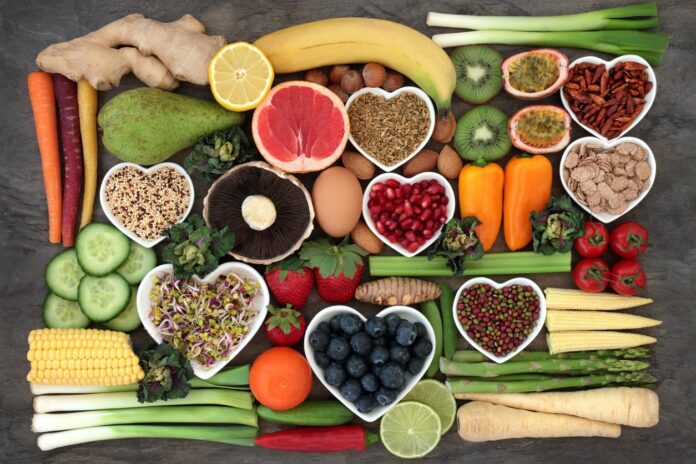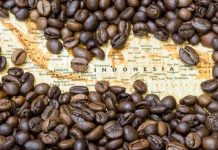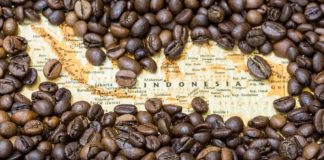Fats have a bad reputation. It is linked to cardiovascular disease, stroke and weight gain. But not all fats are bad. In fact, there is major difference between healthy fats and unhealthy fats. Even better, some healthy fats are will fill you up more than unhealthy fats. This can help you feel more full, making you eat less and therefore lose weight. Eating healthy fats can also benefit your body more than unhealthy fats which can hurt your body instead.
The Benefits of Healthy Fats
Healthy fats have been proven in studies to benefit the body, compared to unhealthy fats that increases the chances of illnesses in your body. Healthy fats benefit your skin and hair, brain health, and immune system. Your body needs a certain amount of fat from your diet to aid memory, hormone function and the absorption of certain nutrients.
By adding healthy fats to your meals, you are adding flavor to your food, slowing down the digestion of carbohydrates (which results in reduction of blood sugar peaks that leave you exhausted after lunch) and creates a sense of fullness.
What Makes a Food Filling?
Satiety is a term used to explain the feeling of fullness and loss of appetite that happens after eating. A satiety index is the scale to measure that effect. Developed in 1995, a study tested how filling food can be. Based on its findings, filling foods tend to have the following characteristics:
High in protein: Studies show that protein is the most filling macronutrient. It changes the levels of several satiety hormones, including ghrelin and GLP-1.
High in fiber: Fiber provides bulk and helps you feel full for longer. Fiber may slow down the emptying of the stomach and increase digestion time.
High in volume: Some foods contain a lot of water or air. This may help with satiety as well.
Low in energy density: This means that a food is low in calories for its weight. Foods with a low energy density are very filling. They typically contain a lot of water and fiber, but are low in fat.

Avocado is a superfood which contains a lot of benefits for the body, yet it is also the star ingredient in some of the hippest food today. One 201 gram (g) avocado contains approximately 29 grams (g) of fat and 322 calories. It is high in a monounsaturated fatty acid called oleic acid, which is believed to provide several health benefits. Plus, 40 percent of the recommended daily fiber intake is included in one whole piece of fruit.
These days, avocado has been a star ingredient in some dishes, whether it is toast, guacamole or salads. You can even use avocado in salads or to replace less healthful saturated fats, such as mayonnaise and butter.
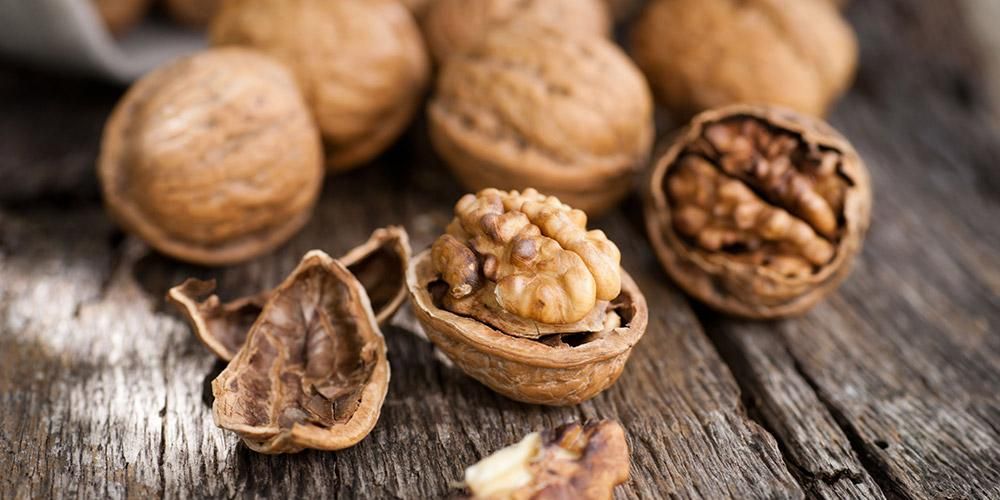
Among other nuts, walnuts is one of the nuts that contain a lot of fat, amounting to 21 grams of fat in each 1-oz. serving. Other than that, walnuts are a fantastic source of omega-3 and omega-6 fatty acids. It’s also rich in the minerals manganese, copper and antioxidants.
Chopped walnuts can be sprinkled on a salad or bowl of cereal or oatmeal. Or else you can also try making it into a tasty nut butter.
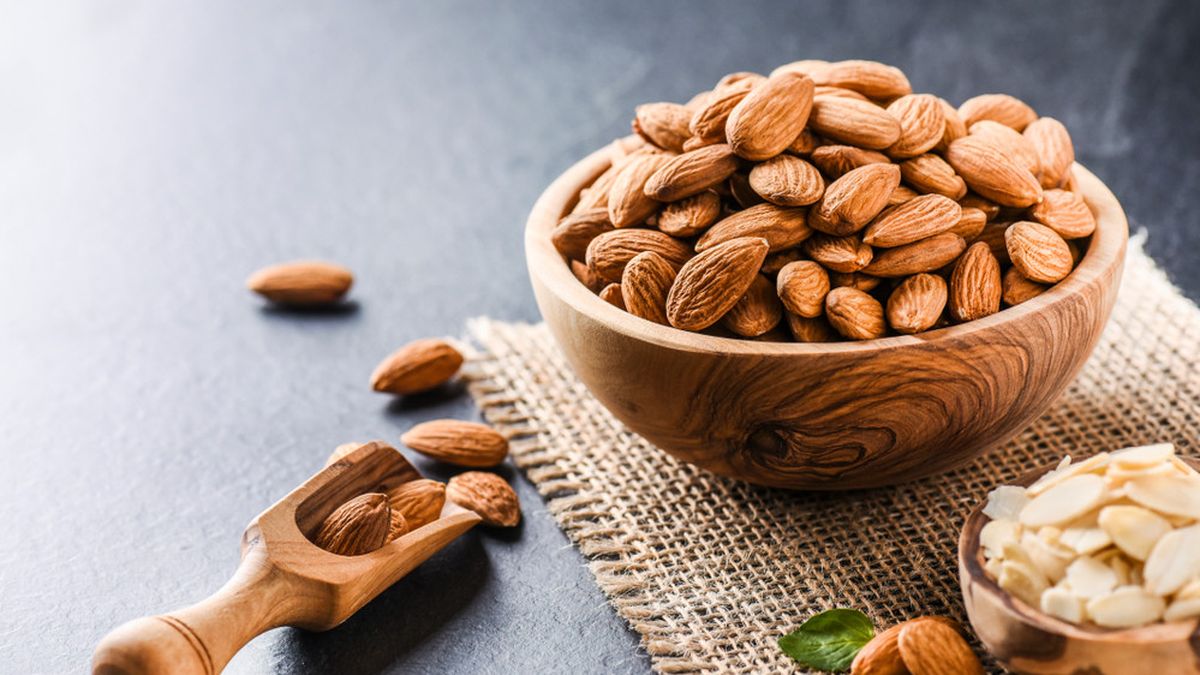
In general, nuts are already packed with fat. No matter the type of nut you eat, it brings in healthy fat to your diet. Almonds, in particular, have 15 grams of fat in a 1-oz. serving (about 22 nuts) and are rich in fiber, protein, and vitamin E.
Raw or roasted, salted or unsalted, plain or flavored—there are a lot of great almond options at the supermarket. Enjoy a big handful on their own or in trail mix, cereal, and salads.
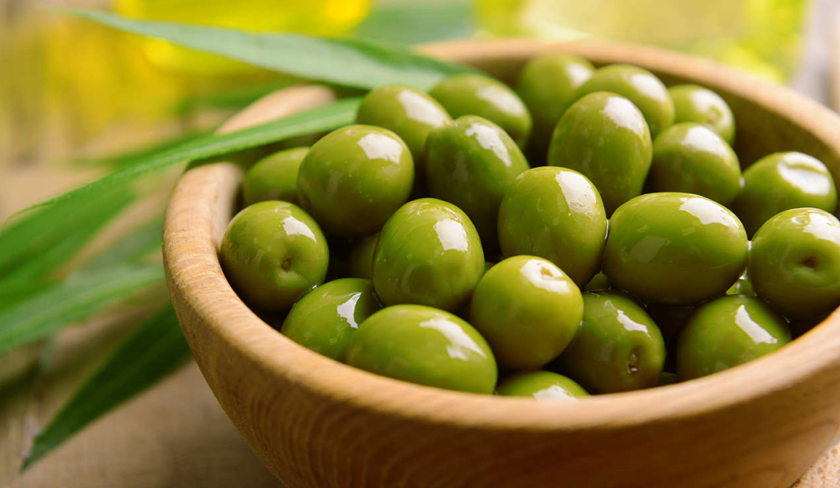
All variety of olives are rich in fat and flavor, in which 1 oz. of green olives (about 14 olives) has 4 grams of fat. Not only that, olives are an excellent source of vitamin E, beta carotene, fiber, and monounsaturated fat which have been proven to reduce LDL cholesterol levels. LDL cholesterol is an unhealthy kind of cholesterol that clogs your arteries and increases your chances of heart disease.
Olives can be added on pizza, pasta, and salads. But that is not all, as it also make a great addition to a cheese plate, along with some crackers and veggies.
Flaxseed
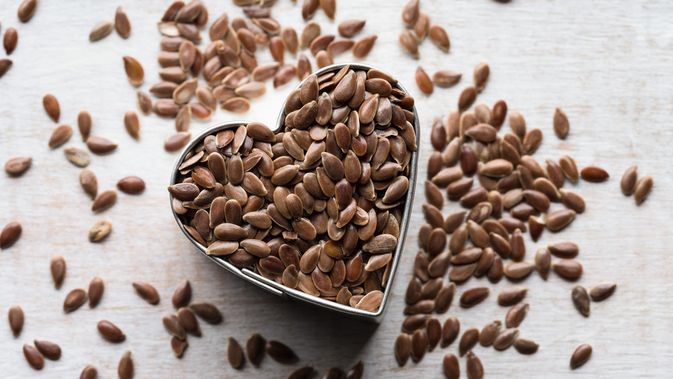
Flaxseed is another seed in this list that has great source omega-3 fatty acids and about 8 grams of fat per ounce. It contains both insoluble and soluble fiber, which are good for feeling satiated, digestive health, stabilizing blood sugar and regular poops. The fibers in flaxseed increases the feeling of fullness and may reduce cholesterol.
Flaxseed is flexible when it comes to dishes. You can sprinkle whole or ground flaxseed on yogurt or oatmeal, added into baked goods for a nutty flavor, scoop a spoonful into a smoothie, or include it into salad with a flaxseed oil-based dressing. This versatile seeds can even be made into chocolatey energy bites.
Salmon
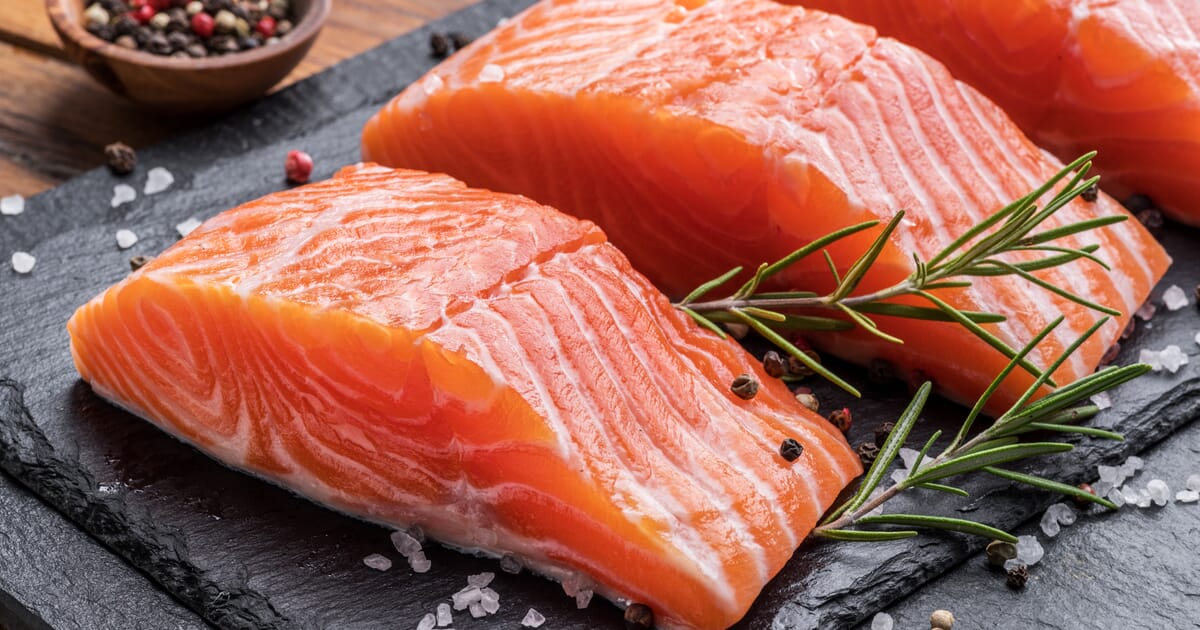
Salmon is already well-known to contain a myriad of vitamins in it, including omega-3 fatty acids. A 3-oz. filet of Atlantic salmon, cooked, has 11 grams of fat. The recommended serving is at least two servings of fish (especially fatty fish) weekly.
Salmon is delicious whether it’s smoked, roasted, baked, raw, or pan-seared.

Other than salmon, tuna also contains high amount of healthy fats and omega-3s., no matter the whether it is the cheap and conveniently canned stuff (about 5 grams in one regular can) or ones you find at your favorite Japanese spot (about 5 grams in 3 oz., cooked).
Tuna can be cooked in different ways to get it into your diet. Try seared tuna steaks, tuna burgers, tuna salad on a sandwich or bed of lettuce, or tuna casserole.

A 1-oz. portion of dark chocolate contains around 11 grams of fat and 2 grams of fiber. Eating the recommended amount of just 1 oz of dark chocolate will be enough to stave off sweet cravings, while providing good amount nutrients, such as potassium and calcium.
Chocolate is best consumed as a dessert or snack. You can have it with raspberries or mix some slivers into Greek yogurt, though you can eat it all on its own as well. Another way is to cover almonds with chocolate for a dose of filling and healthy fats.
Edamame
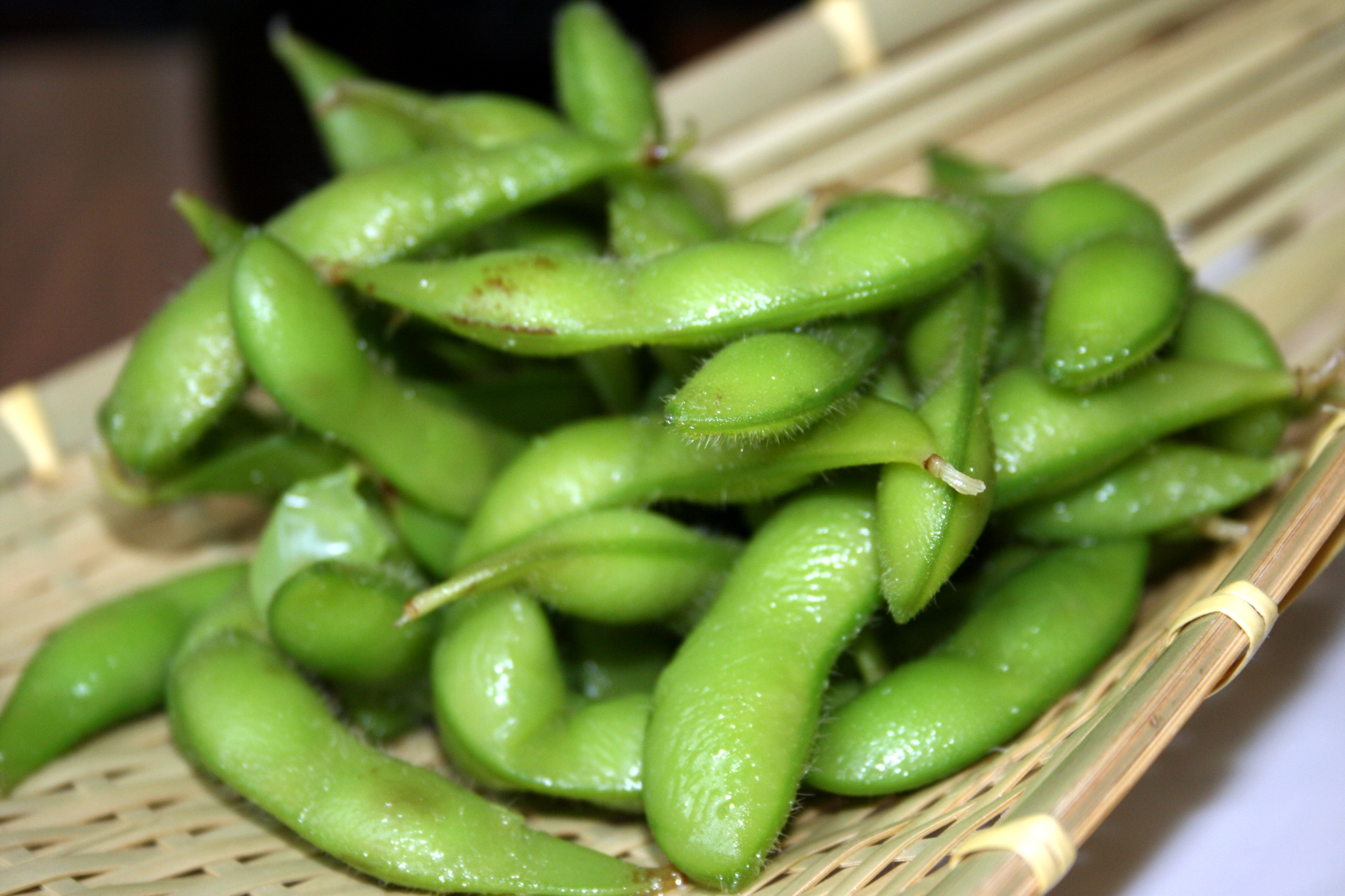
Edamame, usually found in Japanese restaurants and supermarkets is also a nut that has a substantial amount of healthy fat. The amount totals to about 4.5 grams of fat (monounsaturated and polyunsaturated fats) in a half cup of shelled edamame. This vegetable is filled with good fats to eat along with protein, calcium, magnesium, and iron.
This nut is famous for being boiled and salted as a tasty and filling snack, added to salads, stews, stir fries and soups, or purée into a green-hued twist on your usual hummus. Else, buy some roasted edamame for a snack.
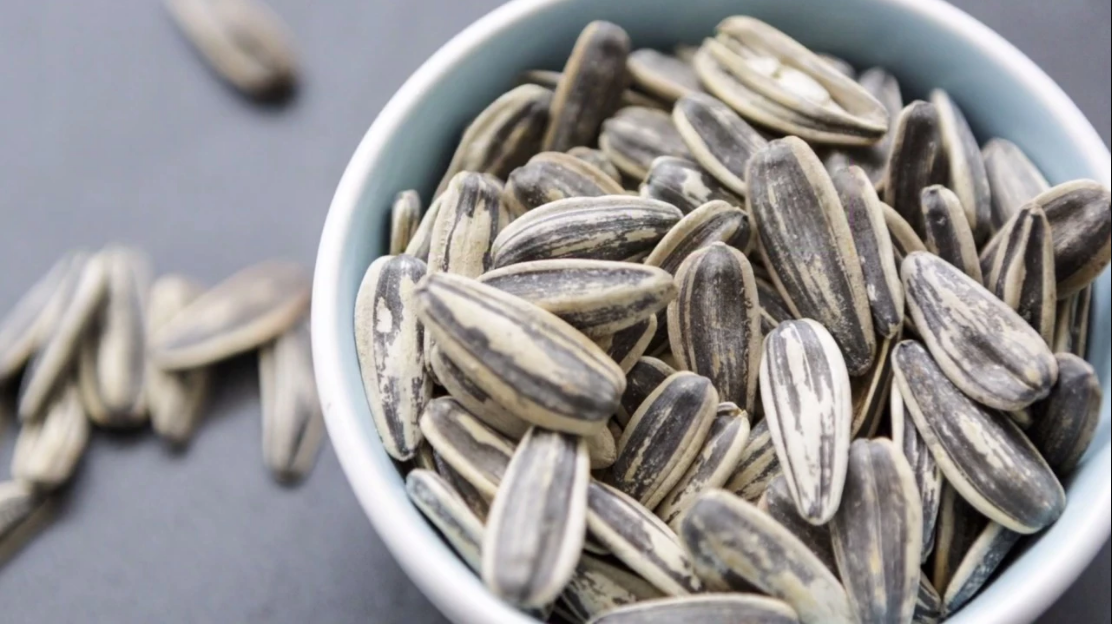
Just 2-tablespoons of sunflower seeds contains 14 grams of fat, along with 6 grams of protein and 2 grams of fiber.
These nuts can be sprinkled raw or roasted on top of your salad. Try them in a batch of trail mix or toss back a handful along with a piece of fruit for a quick snack.
Chia Seed
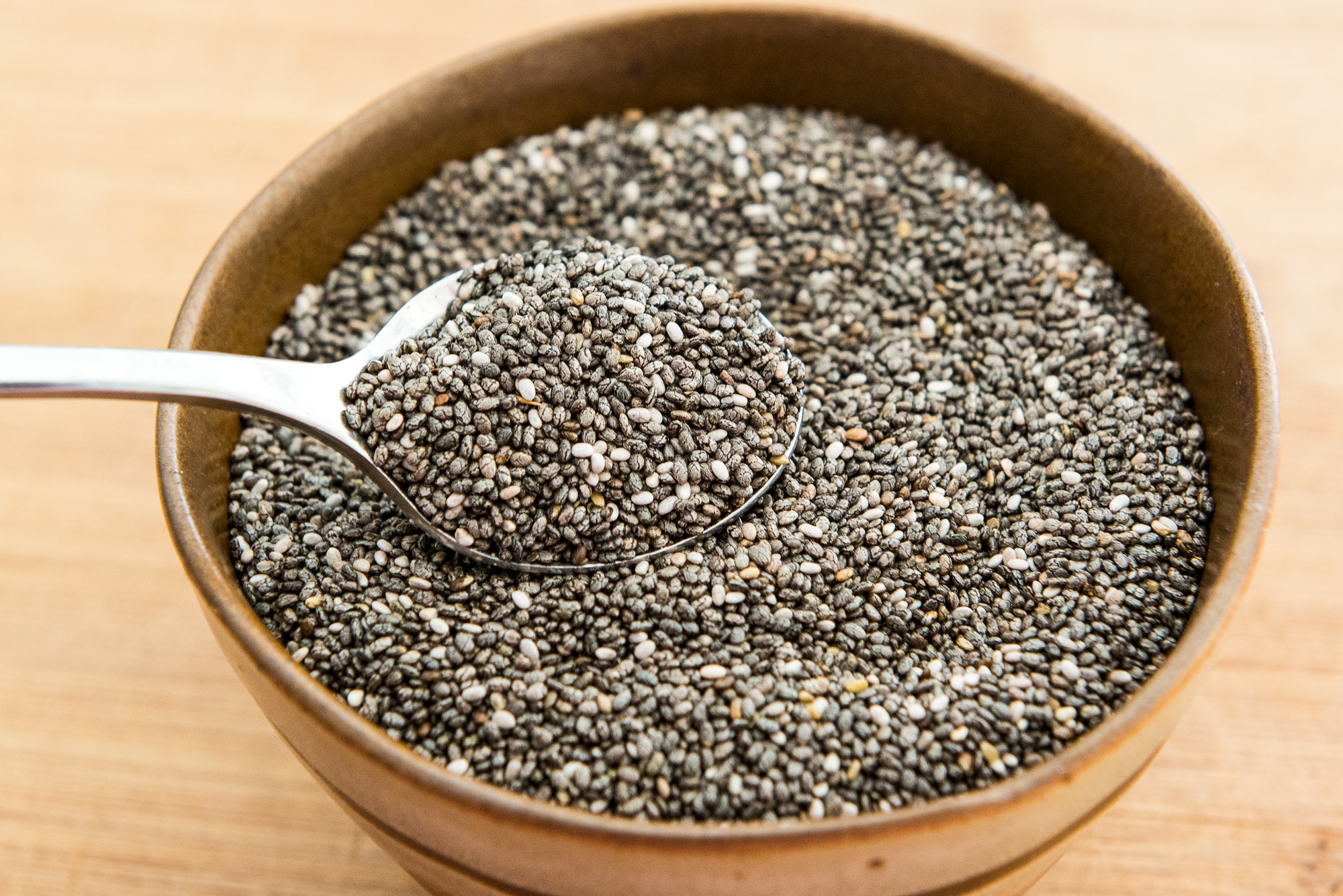
It’s popularity among health aficionados is well-deserved. With just one ounce (oz), the seeds contains 8.71 g of fat, much of which is made up of omega-3 fatty acids and omega-6 fatty acids. It also contains fiber, protein and essential minerals.
Add a tablespoon into your smoothies or oatmeal. Soak them overnight for a ready-made breakfast, or mix them with water to make a vegan egg-replacement in cooking. Another option is to make chia seed pudding. You can also add them to your salad to give it a healthy boost.

One extra-large whole egg contains 6 grams of fat, 1.5 grams of which are saturated. Sometimes people prefer egg whites only, but the yolk is packed with rich flavor and important vitamins and minerals along with the fat, such as selenium and choline. Eggs are a wonderful source of protein and antioxidants as well.
Eggs can be scrambled, poached, boiled, even made into frittatas. For breakfast, start the day with a vegetable-packed omelet, or top a pasta dish with a poached egg for dinner.
Hemp Seed
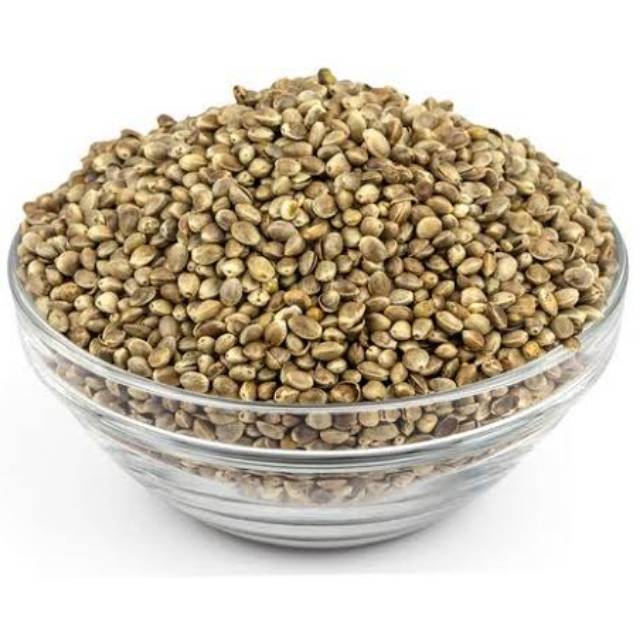
Hemp seeds are also a filling nut to eat for those looking for a healthy snack. It contains 15 grams of fat in a serving (3 tablespoons), plus 9 grams of protein.
Sprinkle these seeds to add in more flavor, texture, fat, and protein-whether it’s in oatmeal, salads, cereals, grain bowls, pasta, avocado toast and more.
Coconut

Coconut is most notable for being in tropical countries, giving a tropical feel to any dessert or snack. Both sweetened or unsweetened shredded coconut flakes pack 8 grams of fat per ounce.
There are many delicious forms to enjoy coconut in—milk, cream, water, oil, fresh meat, and dried flakes. For extra fragrant and lightly crispy coconut flakes which would be a wonderful addition to any meal, toast in a skillet or under the burner for a couple of minutes until light golden-brown. Keep a close eye to make sure it doesn’t burn.
Anchovy
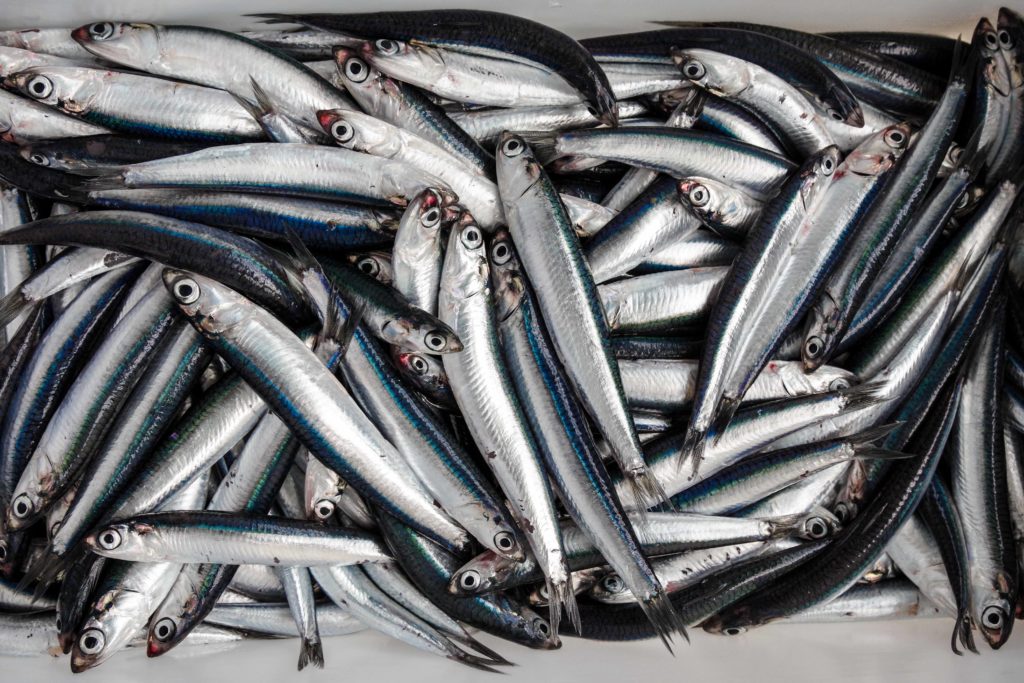
Other than salmon and tuna, anchovies can be included as one of the fish that can fill you up with healthy fats. One small can of 2 oz. has 4.5 grams of fat plus a whopping 13 grams of protein.
Anchovies are fantastic on pizza, pasta or salads-in any dish that requires a bit of saltier punch.
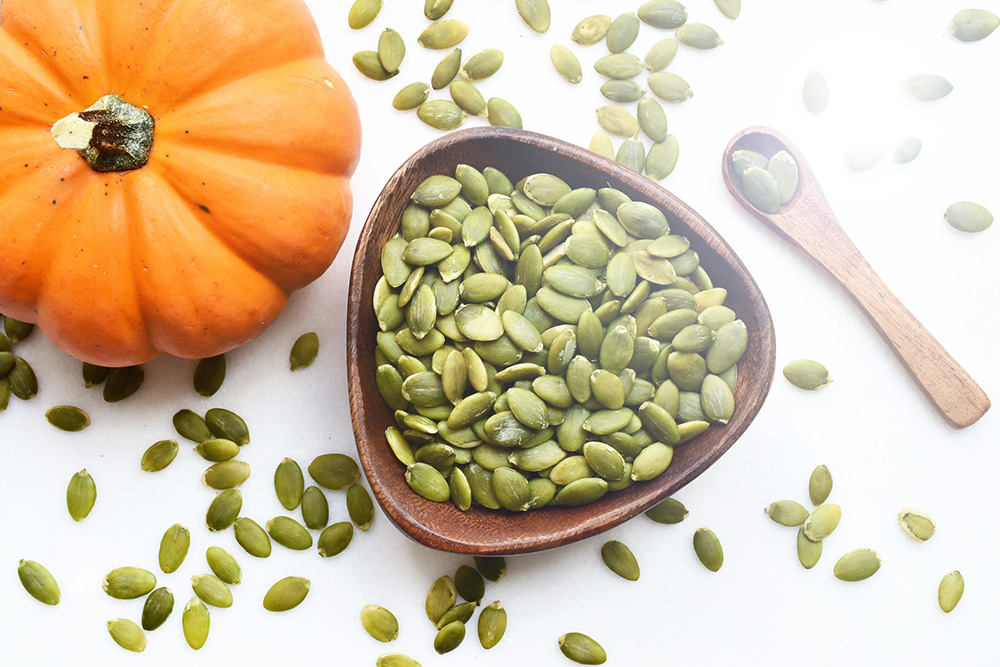
Pumpkin seeds have 13 grams of fat (polyunsaturated fats and monounsaturated fats) per ounce along with 7 grams of protein and minerals, iron, magnesium, phosphorus, copper, and manganese. While magnesium has anti-inflammatory properties, zinc plays a vital role in your immune health.
Roasted and salted pumpkin seeds can be eaten all on their own, sprinkled on soups and salads, or made into a pesto.
Macadamia Nut
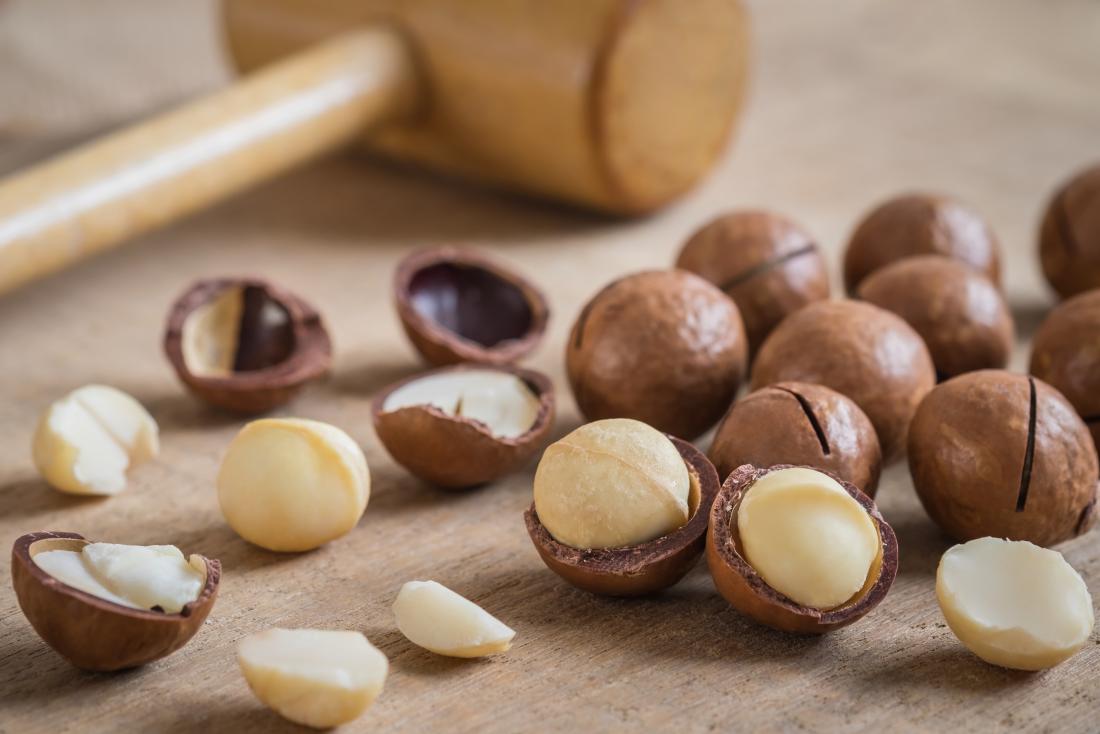
Macademia nuts are some of the healthiest nuts, for it contains 22 grams of fat per serving (1 oz., or 10-12 whole nuts). are rich in minerals, vitamins, and healthy fats. They’re also a source of heart-healthy monounsaturated fats. Antioxidants in these nuts help fight free radicals, unstable molecules responsible for damaging healthy cells. It also contains quite a bit of protein, amounting at 7 grams per serving.
Some of the ways you can eat it include eating it raw and roasted. Although you could also grind some up for some macadamia-crusted fish, sprinkle them onto your dishes and soups or try making macadamia nut butter.

You might not expect cheese to be included in this list, but cheese can be included as one of the best healthy fat foods. It’s packed with vitamin B12, calcium, selenium and wonderful fatty acids that help fight off type-2 diabetes. One slice of cheese contains 7g of protein, and potent fatty acids that have been associated with a host of benefits, including decreased risk of type 2 diabetes. Cheese from grass-fed, hormone-free, ethically-treated cows have superior nutrition profile.
Cheese is a savory yet versatile ingredient to be cooked on any dish. It is up to you whether you are in the mood for a salty or savory treat, a heavy meal or a light snack or even eat it as it is.
Pork
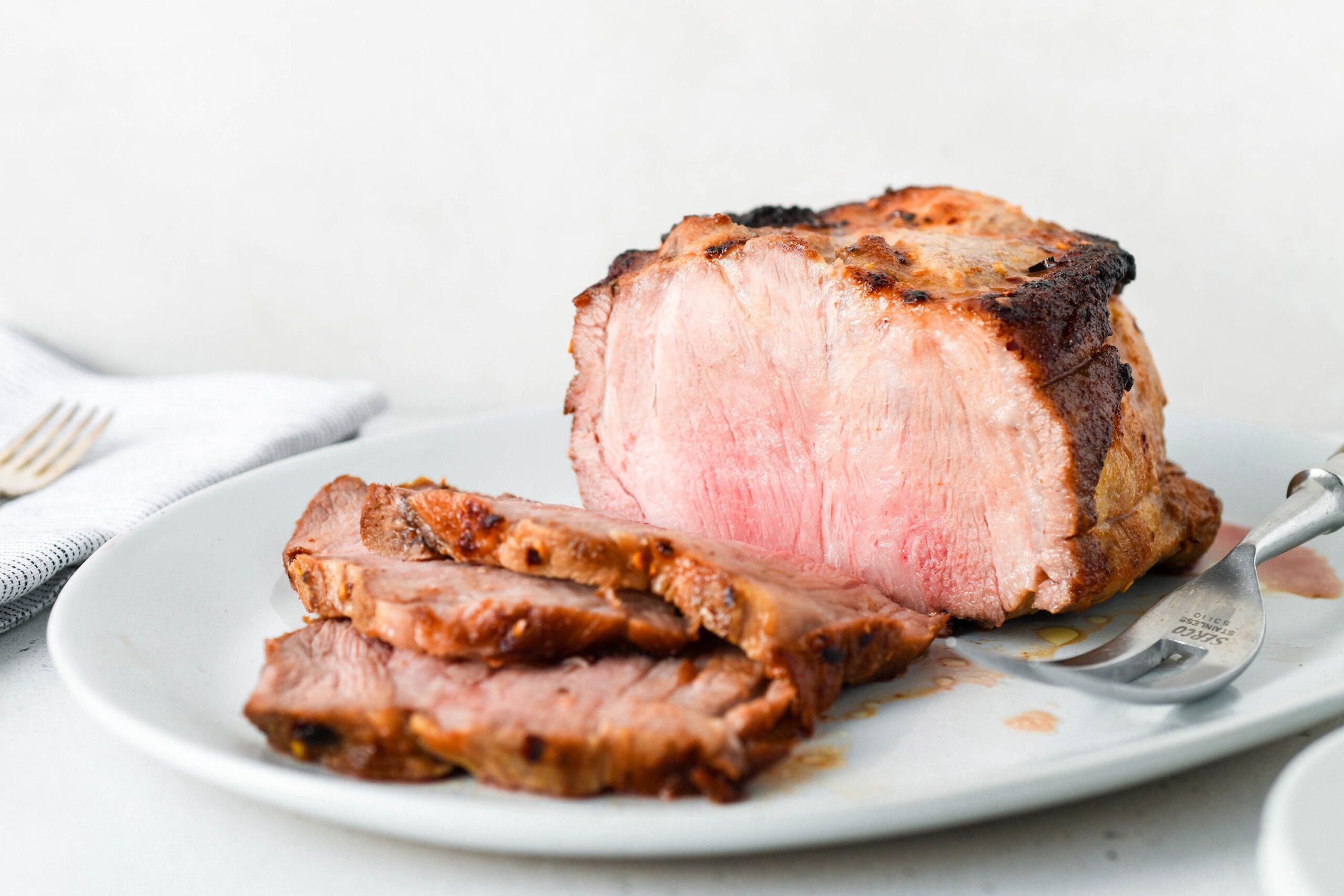
Pork fat is an excellent source of minerals and B vitamins. It is healthier and has more unsaturated than beef or lamb fat. Apart from this, pork fat has 60% monounsaturated oleic acid, which is good for your skin, arteries, and heart.
It’s best to eat pork fat with vegetables.
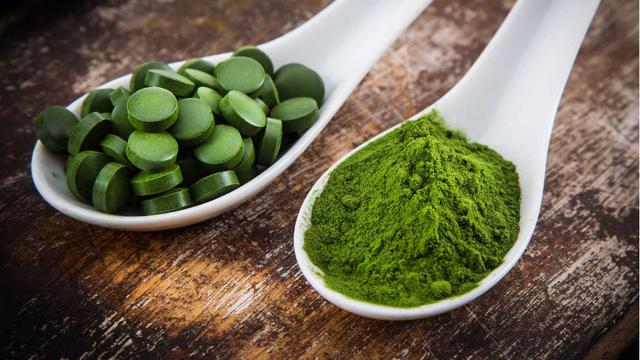
Spirulina is rarely sold; however, you can still find it online. Despite that, it’s a good source of omega-3s, such as docosahexaenoic acid (DHA) and eicosapentaenoic acid (EPA). Other than being rich in healthy fats, spirulina is also a good source of probiotics and protein. Spirulina is available in supplement form as well as powder form.
You can consume spirulina in supplement form, or put it into your smoothies, or just into water. If you choose the latter, then we recommend you down it quickly as it doesn’t taste very good.
Cashew
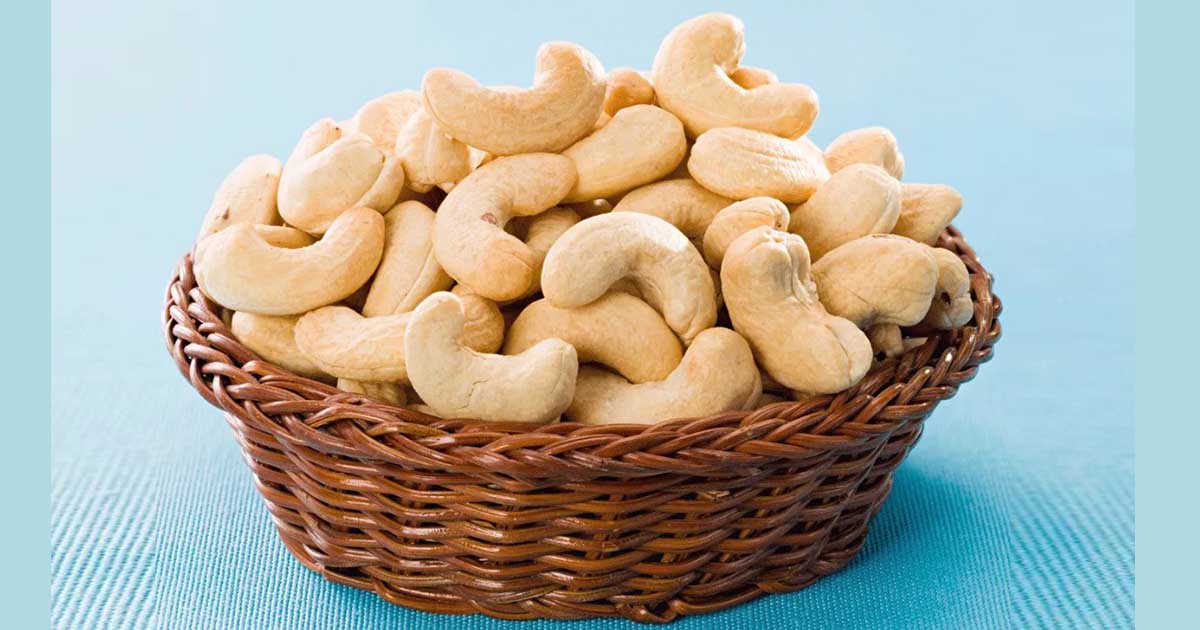
Cashews are also a great snack to reach for a healthy dose of protein and monounsaturated fats. In addition to heart-healthy fats, cashews are also a rich source of magnesium, which plays a crucial role in bone and heart health.
Cashews can be eaten raw, used in soups, stir fries or curries, and even used in vegan recipes in place of dairy products like cream cheese.

